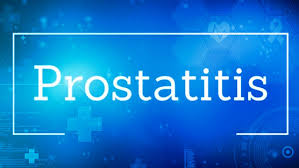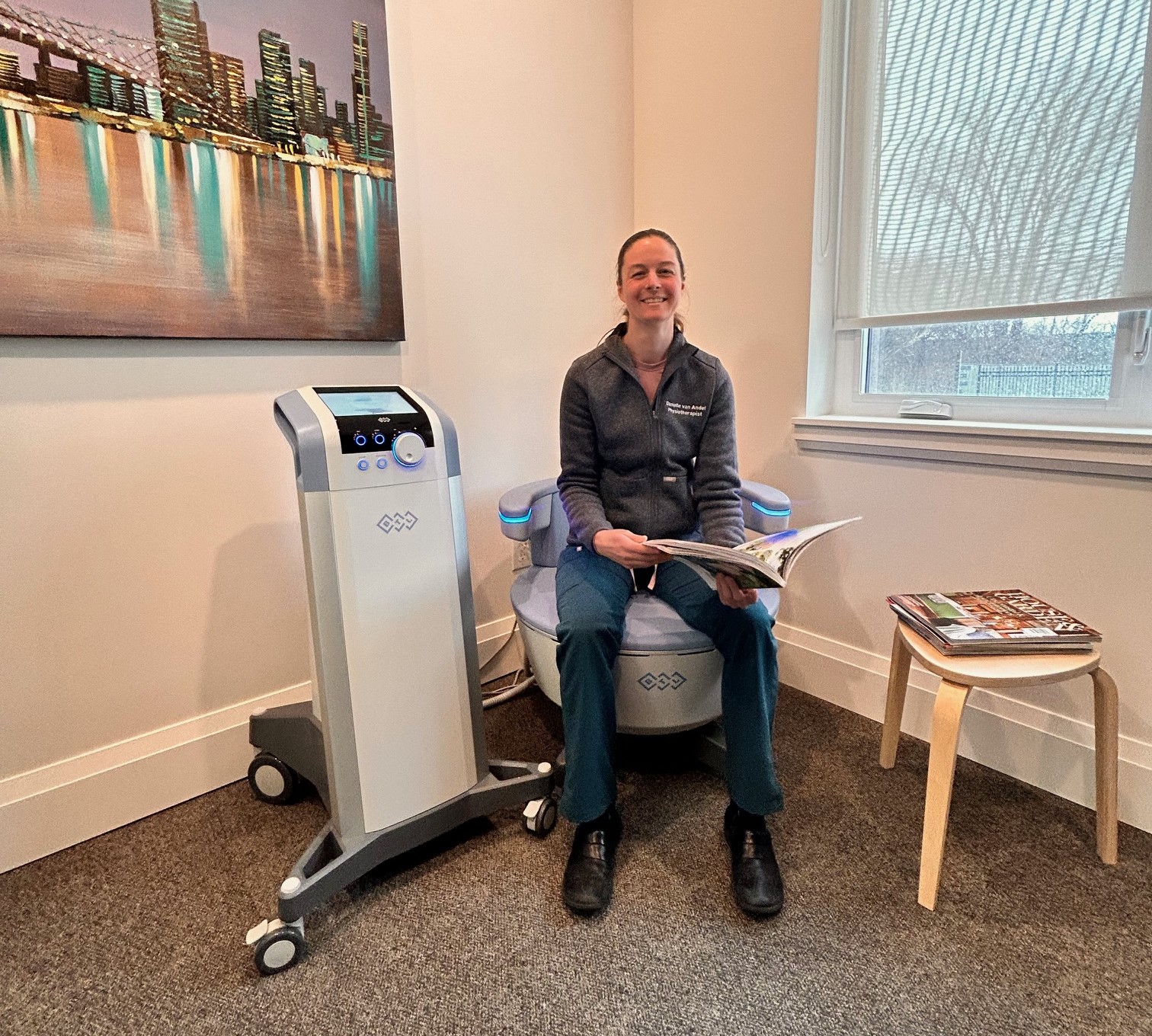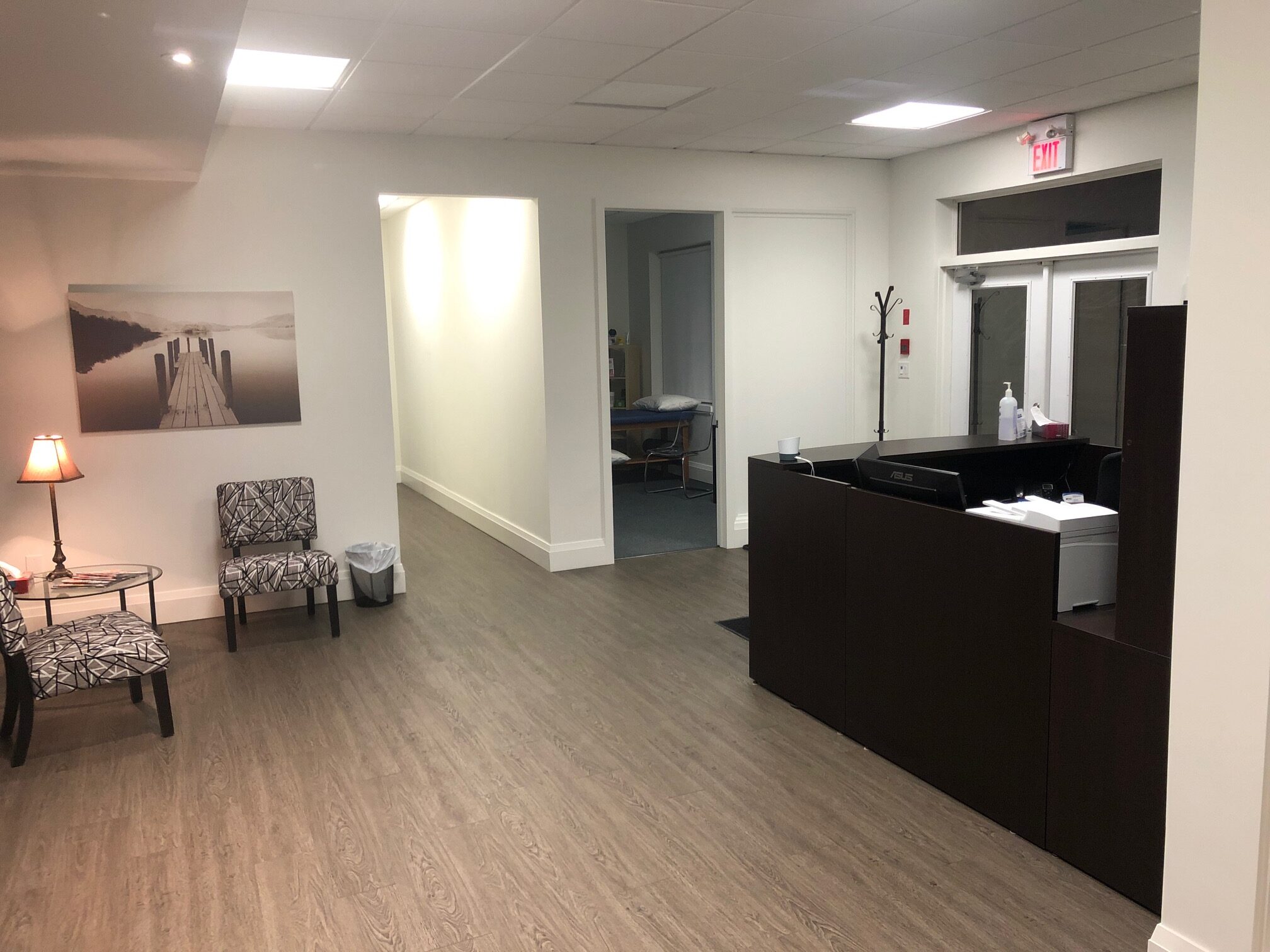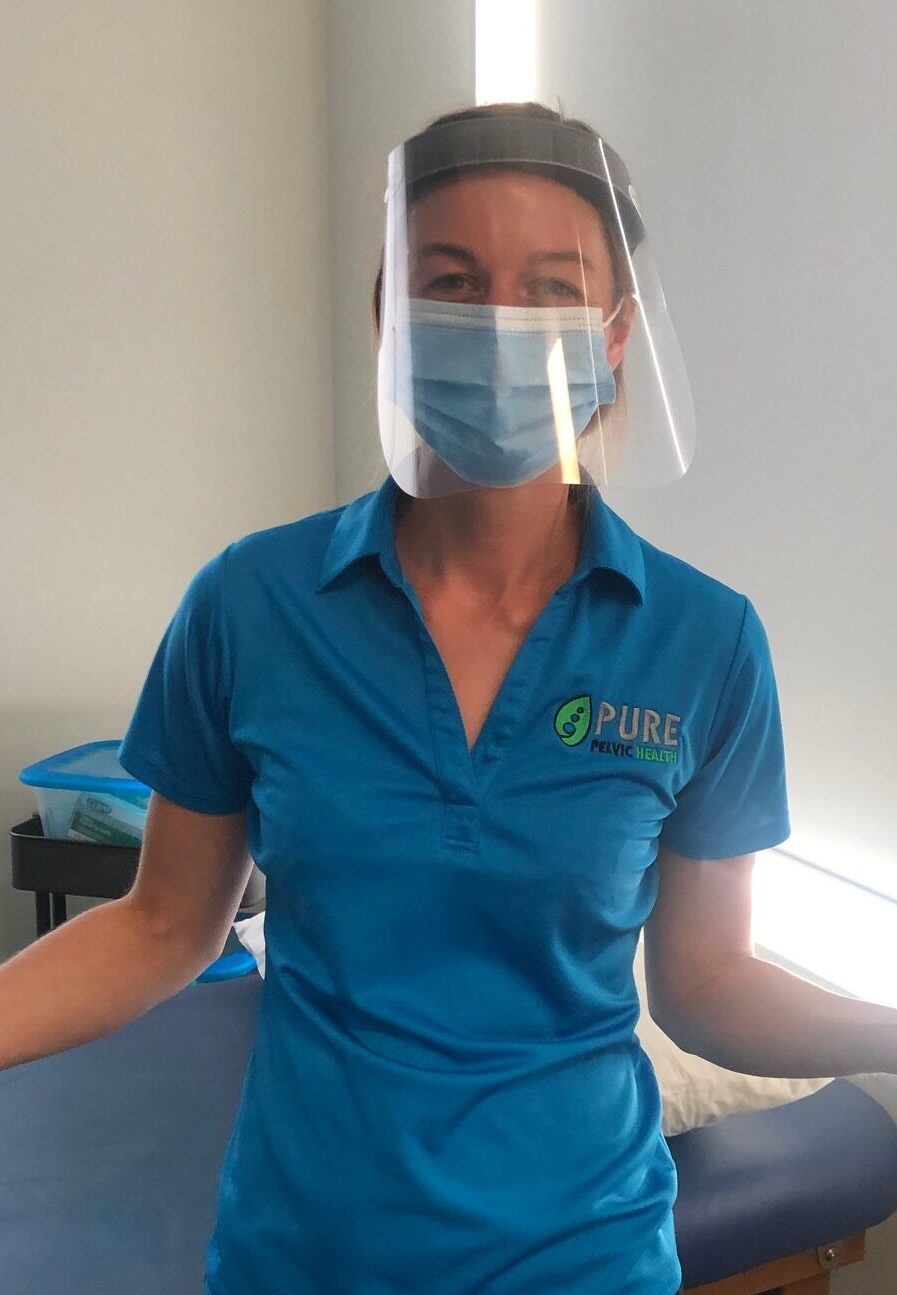
Prostatitis is a relatively common condition in men, affecting approximately 9% of men each year. Symptoms can range from urinary urgency and/or frequency to pain in the penis, testicles, perineum, rectum, lower abdomen, bladder and urethra. Symptoms may or may not be aggravated by emptying the bladder or bowels, or by erection and ejaculation.
Prostatitis has been divided into 4 categories, which help determine appropriate treatment.
Type 1 Acute Bacterial Prostatitis Active bacterial infection found on culture. Associated with Urinary Tract Infection
Type 2 Chronic Bacterial Prostatitis Chronic bacterial infection of the prostate with recurring Urinary Tract Infection with the same type of bacteria.
Type 3 Chronic Prostatitis, also known as Chronic Pelvic Pain Syndrome Persistent pelvic pain with or without urinary tract symptoms. No bacterial can be identified on culture.
Type 1 and 2 Prostatitis are generally treated with antibiotics. In Type 3 Chronic Prostatitis/Chronic Pelvic Pain Syndrome, antibiotics are generally not effective, as there is no bacteria to treat.
In Type 3 Chronic Prostatitis/Chronic Pelvic Pain Syndrome (CPPS) there are generally multiple components contributing to the symptoms of pain and urgency. 88% of men with Chronic Pelvic Pain Syndrome show tenderness and poor to absent function of the pelvic floor muscles (https://www.ncbi.nlm.nih.gov/pubmed/10022711). This is thought to be a significant component in the pain and bladder symptoms associated with CPPS. Another component is often increased sensitivity of the pelvic nerves, as well as sensitization of the nervous system as a whole. Some potential causes of the increased muscle tension and nerve sensitivity can include infection or trauma, but often a specific trigger cannot be identified.
Physiotherapy treatment for Type 3 Prostatitis includes many components. Your physiotherapist will often categorize your treatments into two components, those aimed at the tissues (muscles, connective tissue, joints, etc), and those aimed at the nervous system. Treatments for the tissues may include manual therapy for pelvic floor muscles and surrounding tissues as well as home exercises and stretches. These therapies often show a high success rate (one study showed a 72% clinical success rate, https://www.ncbi.nlm.nih.gov/pubmed/15947608).
Ultimately, Chronic Prostatitis/Chronic Pelvic Pain Syndrome is a pain problem. One important and effective treatment for pain syndromes is education on the neurophysiology of pain (how and why we feel pain). As such, this is often a component of treatment, and is aimed at the nervous system. Other treatments aimed at the nervous system may include guided imagery, graded motor imagery, graded exercise and graded exposure.
Your physiotherapist will go through a detailed history and physical examination. From that assessment, she will determine which treatments are most appropriate for you. To book an initial assessment with Pelvic Floor Physiotherapist Danielle van Andel please call (905) 218-6556.
References:
- Curtis Nickel J, Baranowski AP, Pontari M, Berger RE, Tripp DA. Management of men diagnosed with chronic prostatitis/chronic pelvic pain syndrome who have failed traditional management. Rev Urol. 2007 Spring;9(2):63-72 https://www.ncbi.nlm.nih.gov/pmc/articles/PMC1892625/
- Zermann DH, Ishigooka M, Doggweiler R, Schmidt RA. Neurourological insights into the etiology of genitourinary pain in men. J Urol. 1999 Mar;161(3):903-8
- Anderson RU, Wise D, Sawyer T, Chan C. Integration of myofascial trigger point release and paradoxical relaxation training treatment of chronic pelvic pain in men. J Urol. 2005 Jul;174(1):155-60.


